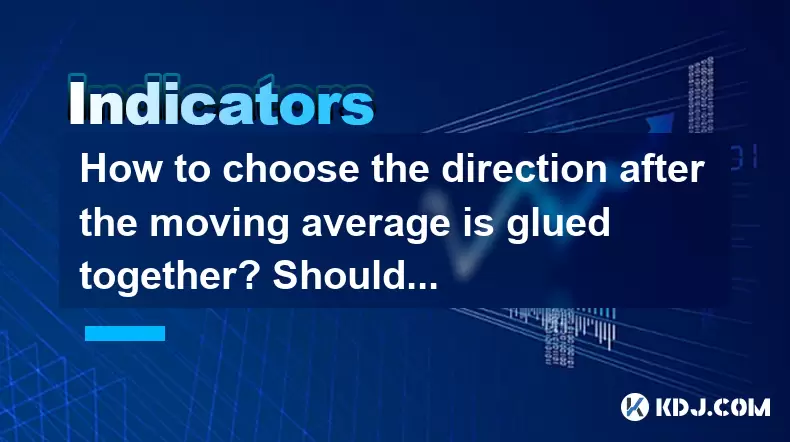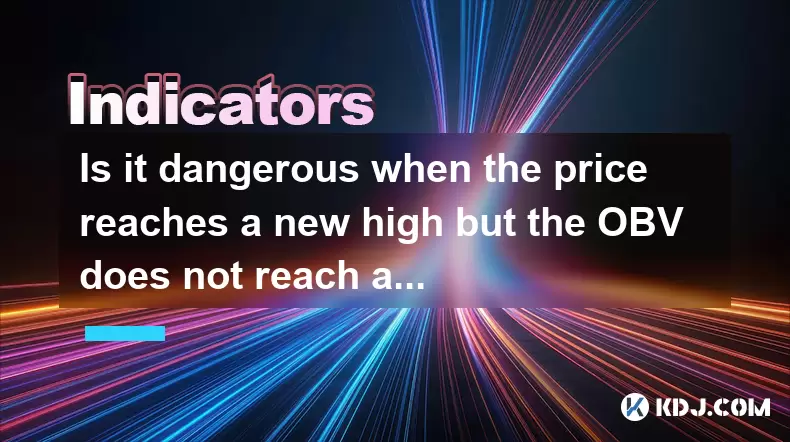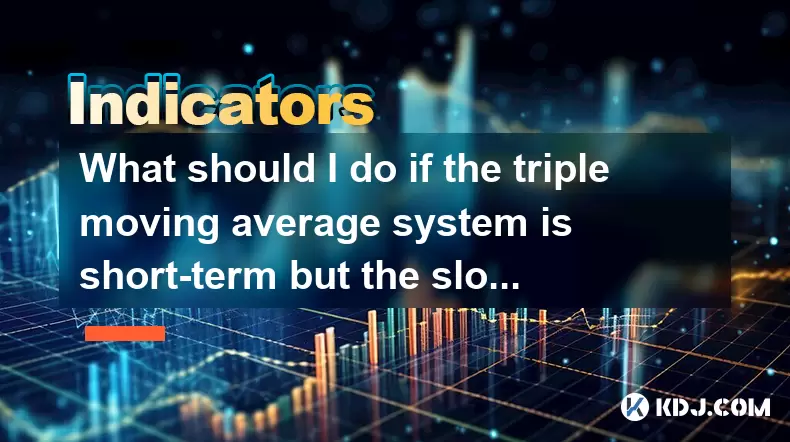-
 Bitcoin
Bitcoin $106,754.6083
1.33% -
 Ethereum
Ethereum $2,625.8249
3.80% -
 Tether USDt
Tether USDt $1.0001
-0.03% -
 XRP
XRP $2.1891
1.67% -
 BNB
BNB $654.5220
0.66% -
 Solana
Solana $156.9428
7.28% -
 USDC
USDC $0.9998
0.00% -
 Dogecoin
Dogecoin $0.1780
1.14% -
 TRON
TRON $0.2706
-0.16% -
 Cardano
Cardano $0.6470
2.77% -
 Hyperliquid
Hyperliquid $44.6467
10.24% -
 Sui
Sui $3.1128
3.86% -
 Bitcoin Cash
Bitcoin Cash $455.7646
3.00% -
 Chainlink
Chainlink $13.6858
4.08% -
 UNUS SED LEO
UNUS SED LEO $9.2682
0.21% -
 Avalanche
Avalanche $19.7433
3.79% -
 Stellar
Stellar $0.2616
1.64% -
 Toncoin
Toncoin $3.0222
2.19% -
 Shiba Inu
Shiba Inu $0.0...01220
1.49% -
 Hedera
Hedera $0.1580
2.75% -
 Litecoin
Litecoin $87.4964
2.29% -
 Polkadot
Polkadot $3.8958
3.05% -
 Ethena USDe
Ethena USDe $1.0000
-0.04% -
 Monero
Monero $317.2263
0.26% -
 Bitget Token
Bitget Token $4.5985
1.68% -
 Dai
Dai $0.9999
0.00% -
 Pepe
Pepe $0.0...01140
2.44% -
 Uniswap
Uniswap $7.6065
5.29% -
 Pi
Pi $0.6042
-2.00% -
 Aave
Aave $289.6343
6.02%
How to choose the direction after the moving average is glued together? Should I wait?
When moving averages converge, it signals market consolidation, requiring confirmation and risk management before trading.
Jun 17, 2025 at 03:50 am

Understanding Moving Average Glue
In the world of cryptocurrency trading, technical analysis plays a crucial role in decision-making. One of the commonly observed patterns among traders is when moving averages (MAs) become "glued" together. This typically refers to a situation where multiple moving averages — such as the 50-day, 100-day, and 200-day MAs — converge closely on a price chart, often indicating a period of consolidation or indecision in the market.
This phenomenon can be particularly confusing for traders trying to determine whether to hold, buy, or sell. The key lies in understanding what this pattern signifies and how it may affect future price movement.
When moving averages are glued together, it often signals a compression phase in the market.
Interpreting the Market Context
Before making any decisions based on moving average convergence, it's essential to evaluate the broader market context. Is the cryptocurrency in question experiencing high volatility? Has there been recent news affecting its value? Are other technical indicators showing signs of divergence or confirmation?
For example, if the Relative Strength Index (RSI) is near overbought levels while the moving averages are compressed, it could indicate an imminent pullback. Conversely, if volume starts picking up alongside a breakout from the compressed area, it might suggest a strong move in that direction.
Market context provides critical clues about whether the glued moving averages will lead to a continuation or reversal of the trend.
Waiting for Confirmation
One of the most debated questions among traders is whether they should act immediately or wait for confirmation when moving averages converge. Acting too early can result in false breakouts or whipsaws, especially in highly volatile crypto markets.
A prudent approach involves waiting for a clear breakout above or below the consolidated range formed by the glued MAs. Traders can look for additional signals like candlestick patterns (e.g., engulfing candles), increased volume, or momentum indicators confirming the new direction.
- Look for a close beyond the upper or lower MA band as a potential signal of direction.
- Monitor volume spikes during the breakout attempt; higher volume increases the reliability of the move.
- Use support/resistance levels around the glued MAs to set stop-loss points.
Patience is often rewarded when dealing with glued moving averages, as premature entries can expose traders to unnecessary risk.
Using Other Indicators for Clarity
Relying solely on moving averages can be limiting. To gain more clarity, traders should consider combining them with other tools such as Bollinger Bands, MACD (Moving Average Convergence Divergence), or Fibonacci retracement levels.
The MACD, for instance, can help confirm whether the momentum is building in one direction. A bullish crossover in the MACD while prices are consolidating between glued MAs might suggest an upcoming uptrend.
Similarly, Bollinger Bands can show whether the price is approaching a potential breakout zone. If the bands are narrowing (indicating low volatility), it could mean that a sharp move is imminent once the price breaks out.
Combining moving averages with complementary indicators enhances accuracy and reduces the likelihood of false signals.
Risk Management During Consolidation
During periods when moving averages are tightly grouped, it’s wise to tighten your risk parameters. Stop-loss orders should be placed strategically, ideally just beyond the consolidated zone, to avoid getting stopped out prematurely due to minor price fluctuations.
Position sizing also becomes more important. Reducing exposure during unclear market conditions can protect capital while awaiting clearer signals.
- Adjust stop-loss orders dynamically as the price moves within the compressed range.
- Reduce position size until a confirmed breakout direction emerges.
- Set profit targets based on historical volatility or previous swing highs/lows.
Effective risk management during consolidation helps preserve capital and improves long-term trading performance.
Frequently Asked Questions
Q: Can glued moving averages predict the exact direction of the next move?
A: No, glued moving averages alone cannot predict exact directions. They serve as a visual tool to identify consolidation zones. Directional bias must be confirmed using other technical indicators or price action analysis.
Q: Should I remove glued moving averages from my chart if they don’t give clear signals?
A: Not necessarily. While they may not always provide direct signals, they help visualize key support and resistance areas. You can keep them but combine them with other tools for better results.
Q: How long can moving averages stay glued before a breakout occurs?
A: There's no fixed time frame. It depends on the asset, market sentiment, and volume. Some cryptocurrencies may consolidate for days, while others may do so for weeks before breaking out.
Q: Does the glue pattern work equally well across all cryptocurrencies?
A: No, the effectiveness varies. Larger-cap cryptocurrencies with higher liquidity tend to produce more reliable patterns compared to smaller, less liquid altcoins, which are more prone to erratic price swings.
Disclaimer:info@kdj.com
The information provided is not trading advice. kdj.com does not assume any responsibility for any investments made based on the information provided in this article. Cryptocurrencies are highly volatile and it is highly recommended that you invest with caution after thorough research!
If you believe that the content used on this website infringes your copyright, please contact us immediately (info@kdj.com) and we will delete it promptly.
- 2025-W Uncirculated American Gold Eagle and Dr. Vera Rubin Quarter Mark New Products
- 2025-06-13 06:25:13
- Ruvi AI (RVU) Leverages Blockchain and Artificial Intelligence to Disrupt Marketing, Entertainment, and Finance
- 2025-06-13 07:05:12
- H100 Group AB Raises 101 Million SEK (Approximately $10.6 Million) to Bolster Bitcoin Reserves
- 2025-06-13 06:25:13
- Galaxy Digital CEO Mike Novogratz Says Bitcoin Will Replace Gold and Go to $1,000,000
- 2025-06-13 06:45:13
- Trust Wallet Token (TWT) Price Drops 5.7% as RWA Integration Plans Ignite Excitement
- 2025-06-13 06:45:13
- Ethereum (ETH) Is in the Second Phase of a Three-Stage Market Cycle
- 2025-06-13 07:25:13
Related knowledge

How to interpret the low opening the next day after the long lower shadow hits the bottom?
Jun 18,2025 at 12:22am
Understanding the Long Lower Shadow Candlestick PatternIn technical analysis, a long lower shadow candlestick is often seen as a potential reversal signal in a downtrend. This pattern occurs when the price opens, trades significantly lower during the session, but then recovers to close near the opening price or slightly above. The long wick at the botto...

How to operate the RSI indicator repeatedly in the 40-60 range?
Jun 18,2025 at 12:56am
Understanding the RSI Indicator and Its RelevanceThe Relative Strength Index (RSI) is a momentum oscillator widely used in cryptocurrency trading to measure the speed and change of price movements. Typically, the RSI ranges from 0 to 100, with levels above 70 considered overbought and below 30 considered oversold. However, when the RSI repeatedly stays ...

Why is the volume ratio suddenly enlarged three times but the price fluctuation is small?
Jun 18,2025 at 04:42am
Understanding the Relationship Between Trading Volume and Price MovementIn the world of cryptocurrency trading, volume is a crucial metric that reflects the number of assets traded within a specific time frame. It often serves as an indicator of market interest and liquidity. However, there are instances where trading volume surges dramatically—sometime...

How strong is the MACD golden cross below the zero axis?
Jun 17,2025 at 11:00pm
Understanding the MACD Indicator in Cryptocurrency TradingThe Moving Average Convergence Divergence (MACD) is one of the most widely used technical indicators among cryptocurrency traders. It helps identify potential trend reversals, momentum shifts, and entry or exit points. The MACD consists of three main components: the MACD line, the signal line, an...

Is it dangerous when the price reaches a new high but the OBV does not reach a new high?
Jun 18,2025 at 06:14am
Understanding On-Balance Volume (OBV) in Cryptocurrency TradingIn the world of cryptocurrency trading, technical indicators play a crucial role in analyzing market behavior and predicting future price movements. One such widely used indicator is the On-Balance Volume (OBV), which helps traders assess the strength of buying or selling pressure behind pri...

What should I do if the triple moving average system is short-term but the slope slows down?
Jun 18,2025 at 04:35am
Understanding the Triple Moving Average SystemThe triple moving average system is a popular technical analysis tool used in cryptocurrency trading. It involves using three different moving averages—typically the short-term (e.g., 10-period), medium-term (e.g., 20-period), and long-term (e.g., 50-period) moving averages. When the short-term average cross...

How to interpret the low opening the next day after the long lower shadow hits the bottom?
Jun 18,2025 at 12:22am
Understanding the Long Lower Shadow Candlestick PatternIn technical analysis, a long lower shadow candlestick is often seen as a potential reversal signal in a downtrend. This pattern occurs when the price opens, trades significantly lower during the session, but then recovers to close near the opening price or slightly above. The long wick at the botto...

How to operate the RSI indicator repeatedly in the 40-60 range?
Jun 18,2025 at 12:56am
Understanding the RSI Indicator and Its RelevanceThe Relative Strength Index (RSI) is a momentum oscillator widely used in cryptocurrency trading to measure the speed and change of price movements. Typically, the RSI ranges from 0 to 100, with levels above 70 considered overbought and below 30 considered oversold. However, when the RSI repeatedly stays ...

Why is the volume ratio suddenly enlarged three times but the price fluctuation is small?
Jun 18,2025 at 04:42am
Understanding the Relationship Between Trading Volume and Price MovementIn the world of cryptocurrency trading, volume is a crucial metric that reflects the number of assets traded within a specific time frame. It often serves as an indicator of market interest and liquidity. However, there are instances where trading volume surges dramatically—sometime...

How strong is the MACD golden cross below the zero axis?
Jun 17,2025 at 11:00pm
Understanding the MACD Indicator in Cryptocurrency TradingThe Moving Average Convergence Divergence (MACD) is one of the most widely used technical indicators among cryptocurrency traders. It helps identify potential trend reversals, momentum shifts, and entry or exit points. The MACD consists of three main components: the MACD line, the signal line, an...

Is it dangerous when the price reaches a new high but the OBV does not reach a new high?
Jun 18,2025 at 06:14am
Understanding On-Balance Volume (OBV) in Cryptocurrency TradingIn the world of cryptocurrency trading, technical indicators play a crucial role in analyzing market behavior and predicting future price movements. One such widely used indicator is the On-Balance Volume (OBV), which helps traders assess the strength of buying or selling pressure behind pri...

What should I do if the triple moving average system is short-term but the slope slows down?
Jun 18,2025 at 04:35am
Understanding the Triple Moving Average SystemThe triple moving average system is a popular technical analysis tool used in cryptocurrency trading. It involves using three different moving averages—typically the short-term (e.g., 10-period), medium-term (e.g., 20-period), and long-term (e.g., 50-period) moving averages. When the short-term average cross...
See all articles

























































































